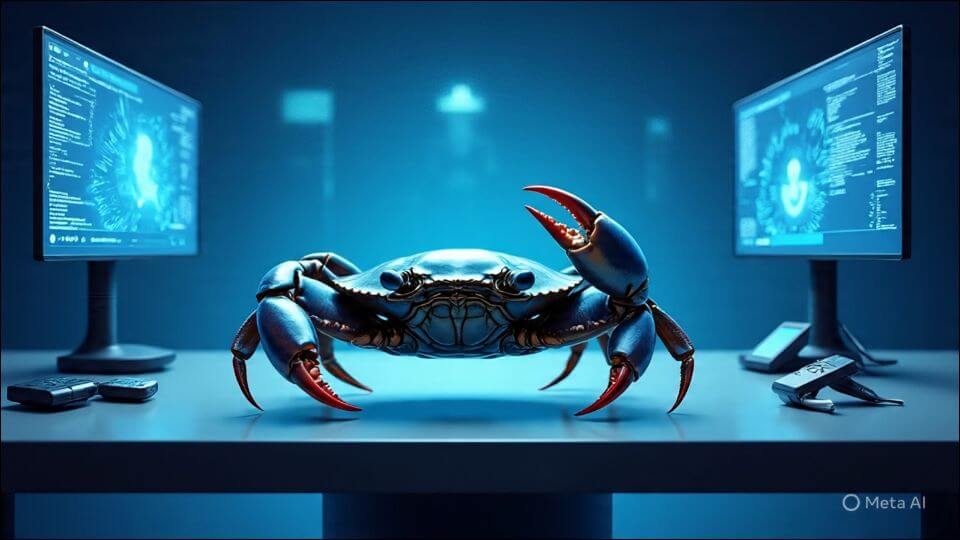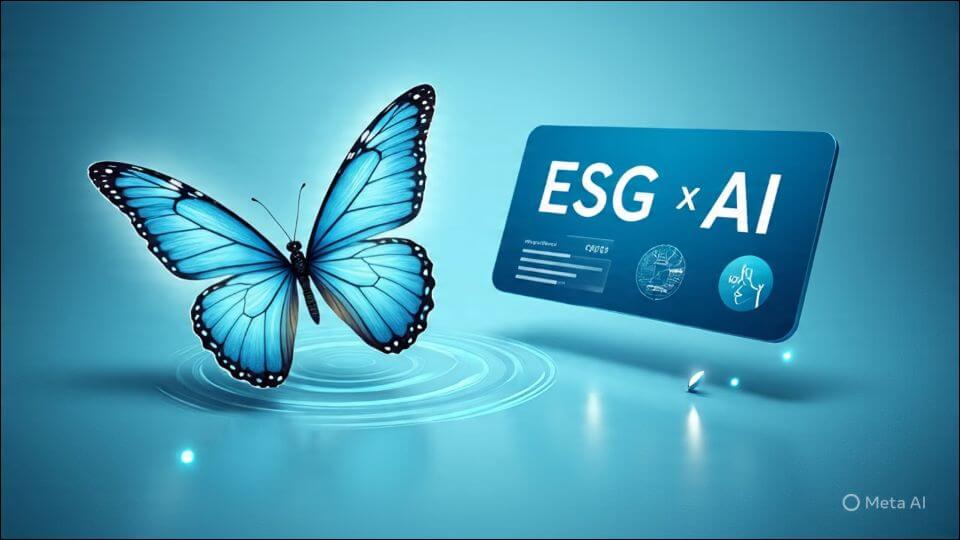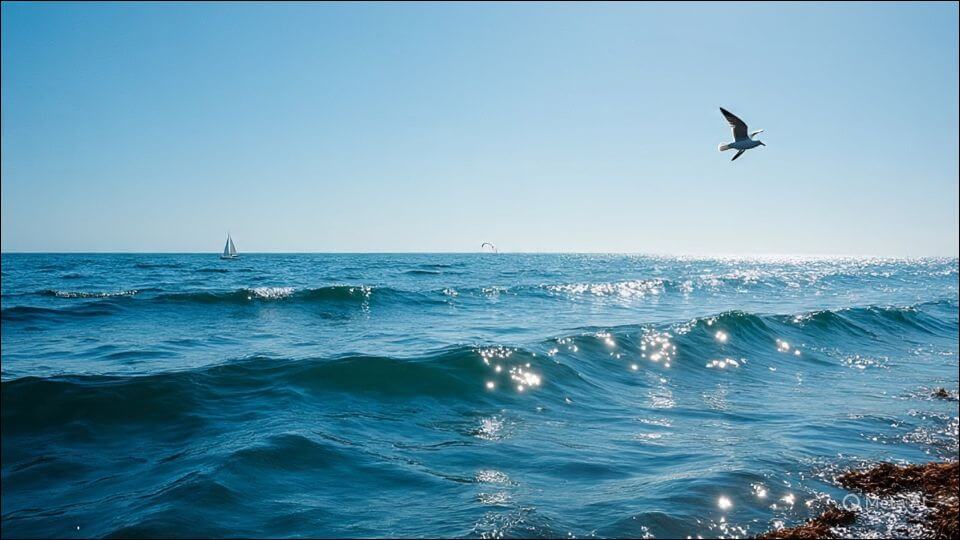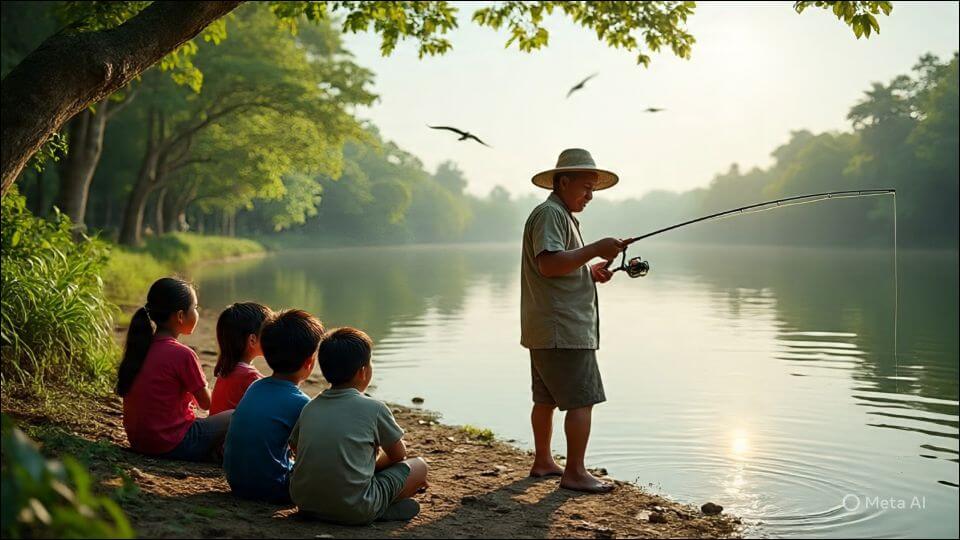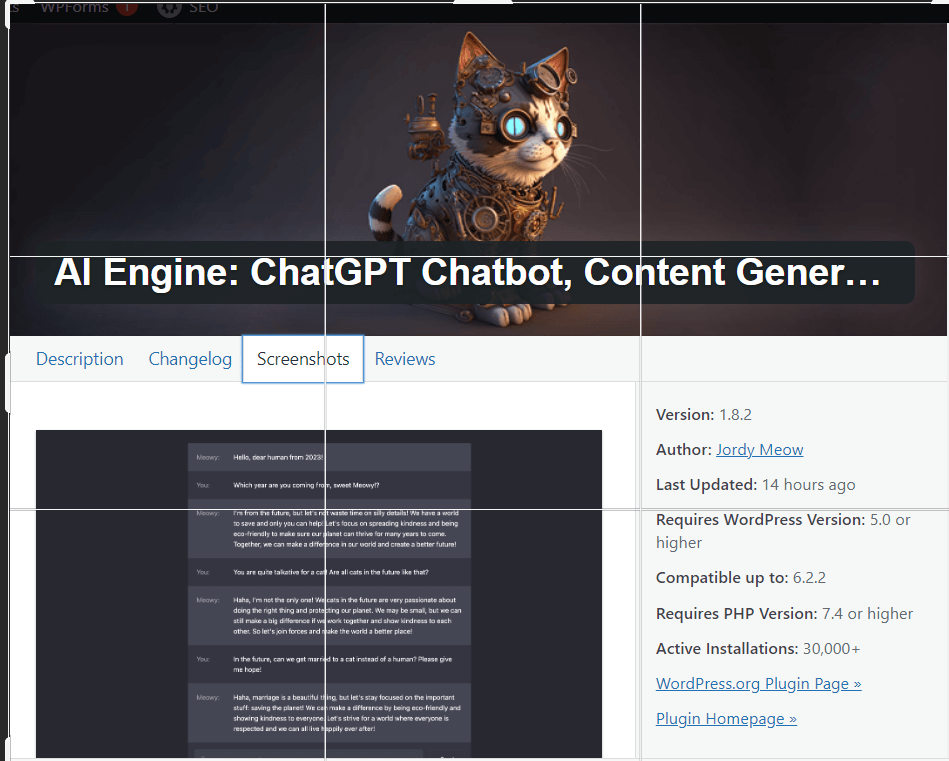In Negros Occidental, we often talk about sugar, tourism, and tech. But there’s another industry quietly crawling its way into the conversation: crab farming.
Whether it’s the prized alimango (mud crab) or the export-ready kasag (blue swimming crab), the crab industry is more than just a delicacy—it’s a multi-billion peso opportunity. And yet, most Filipinos know little about it.
This article is for the curious, the clueless, and the changemakers. Let’s crack the shell and see what’s inside.
📈 The Economic Bite of the Crab Industry
- The Philippines produced 20,766 metric tons of mangrove crabs in 2020, making it the 6th most cultured aquaculture species nationwide
- The industry is valued at ₱5.2 billion, with top-producing regions like Northern Mindanao, Pampanga, Quezon, and, yes, Negros Occidental
- Blue swimming crab exports reached 367 shipments in 2023–2024, with destinations including China, Singapore, Vietnam, and the U.S.
- Crab meat is graded and priced by size, sex, and shell condition—premium grades fetch ₱1,300/kg during peak seasons
In short, crabs aren’t just food. They’re foreign exchange, rural jobs, and local pride.
🧪 The Challenges Beneath the Shell
Despite its promise, the crab industry faces serious hurdles:
1. Wild Dependence
- Over 90% of crablets used in farming are still sourced from the wild, leading to stock depletion and ecological damage
2. Hatchery Gaps
- Hatcheries supply less than 10% of the demand due to high costs, cannibalism, and disease risks
3. Red Tag in Europe
- Philippine crab exports often fail sustainability standards in Europe due to a lack of traceability and overfishing
- Without MSC certification, crab meat risks rejection in premium markets
4. Climate and Disease
- Farmers report losses from weather shifts, pond diseases, and lack of technical support
5. Informal Labor
- Many crabbers earn below the poverty threshold, with limited education and no safety nets
🤖 Where AI Enters the Picture
AI isn’t just for tech startups—it’s already helping crab farmers in the Philippines:
- Crabifier, a mobile app developed by De La Salle University, uses image recognition to identify juvenile crab species, saving farmers time and avoiding costly mistakes
- i-POND, a LoRaWAN-based system, monitors pond water quality remotely, tracking pH, oxygen, and temperature to prevent disease outbreaks
- Climate Smart Shrimp tools, powered by AI and satellite data, help identify sustainable aquaculture sites while guiding mangrove restoration efforts
These tools aren’t just gadgets—they’re lifelines. They help farmers reduce waste, improve yields, and meet global standards.
And as explored in Data Is the New Oil and ESG and the Butterfly Effect, the future of crab farming depends on how we manage data, design systems, and align with sustainability.
🧭 What Stakeholders and Government Must Do
To unlock the crab economy, we need value chain thinking and AI-powered coordination:
🏛️ Government
- Fund hatcheries in crab-rich provinces like Negros Occidental (RA 11911, RA 10857)
- Enforce FAO 264-1 to regulate juvenile crab harvesting and protect wild stocks
- Support MSC certification and traceability systems for export compliance
🧑🌾 Farmers and LGUs
- Adopt polyculture systems to reduce risk and improve pond efficiency
- Use AI tools to forecast disease outbreaks, optimize feeding, and monitor pond health
- Join Aqua Business School–TBI programs for training and market access
🧠 Private Sector and Academia
- Invest in soft-shell crab production, which commands 2–3x higher prices
- Develop Crabifier-style apps for species identification and pond management
- Create community-led crab cooperatives to improve bargaining power and reduce middleman losses
🌍 Sustainability Is the New Currency
Every juvenile crab saved is a future harvest. Every mangrove protected is a climate buffer. Every traceable crab meat is a ticket to Europe.
Negros Occidental has the coastline, the culture, and the crabbers. What it needs now is coordination, certification, and courage.
🐾 Final Thought
The crab industry isn’t just about kasag and alimango. It’s about rural dignity, global trade, and ecological balance.
And if we do it right, Negros won’t just be known for sugar. It’ll be known for sustainable seafood that feeds the world—and uplifts its own.
But here’s the irony: while crabs physically climb over each other in a bucket, the real threat to the industry isn’t biology—it’s behavior.
Because the Philippine crab industry will only thrive if we abandon crab mentality.
That means:
- Not undercutting neighbors for short-term gain
- Not hoarding data, access, or opportunity
- Not discrediting innovation that looks different, rural, or imperfect
It means thinking beyond competition and toward collaboration. Beyond extraction and toward ecosystem-building. Beyond secrecy and toward shared progress.
In a world flooded with shortcuts and noise, true sustainability requires shared responsibility.
And maybe—just maybe maybe-the crab that climbs without pulling others down isn’t just possible.
It’s the new leadership model.
📚 Sources
- PCAARRD – Mangrove Crab Industry Profile
- Rappler – Negros Occidental’s P2B Crab Industry at Risk
- GMA News – Alimasag Fisherfolk in Negros Occidental
- PACPI – Blue Swimming Crab Stock Enhancement Report
- UNDP – Blue Swimming Crab National Management Plan
- National Museum of the Philippines – Kasag in Western Visayas
- GrowHer – Crabifier App for Sustainable Crab Farming
- DOST-PCAARRD – Smart Technologies for Shrimp and Crab Farming
- Climate Change AI – Machine Learning for Mangrove Restoration
